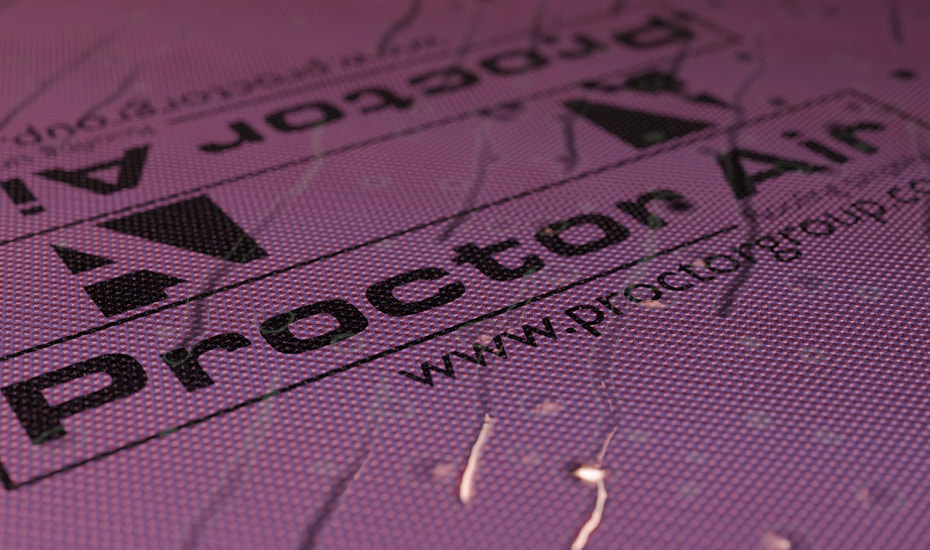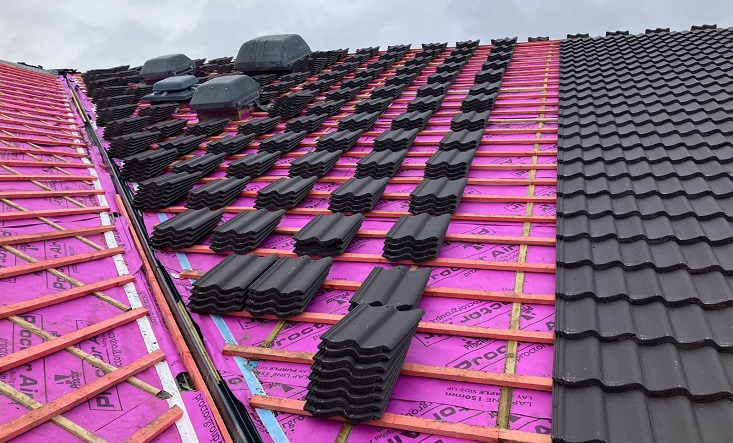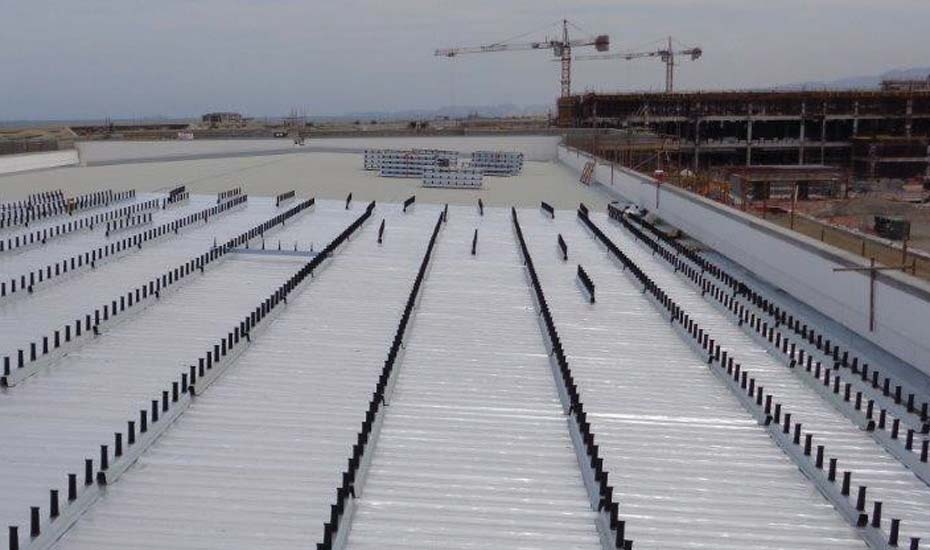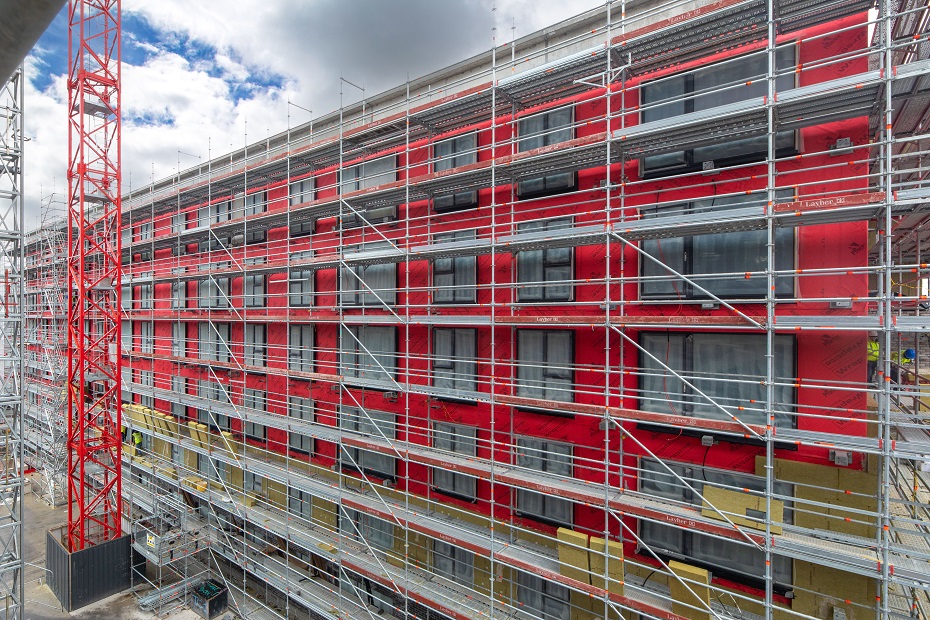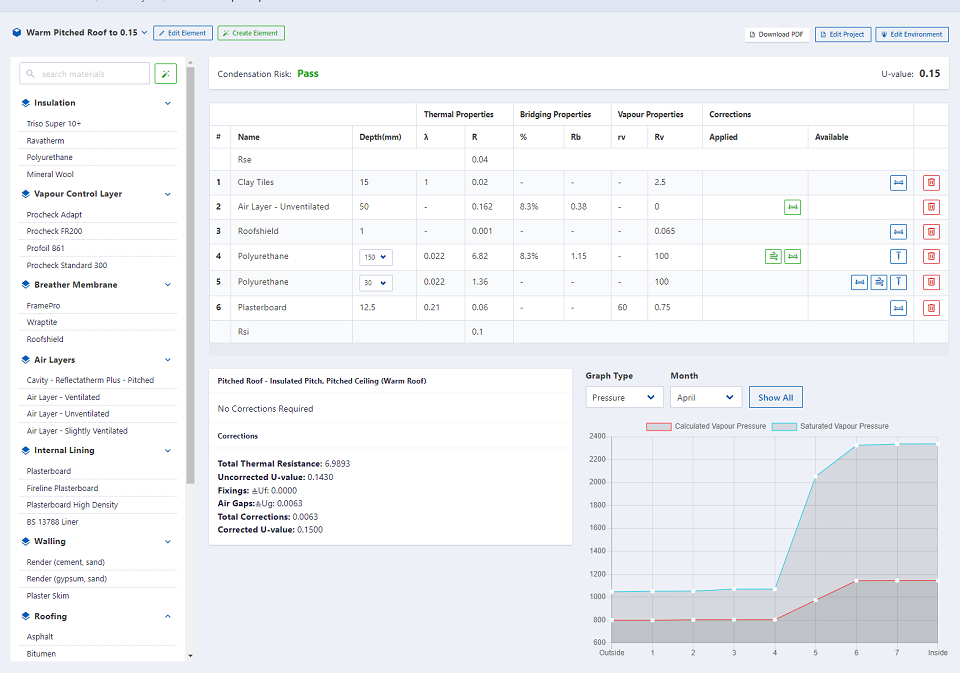A lot of these questions will be answered by market demands but the underlay use as a temporary cover should be examined. Good practice will dictate that the underlay should not be exposed for more than the time necessary to cover with the ultimate primary water shedding layer, normally slates or tiles. This is especially true if inclement weather is expected by the ever-increasing storm occurrences.
This is even more emphasised in refurbishment work when the residents are still living in the dwelling, a polypropylene underlay of 0.6mm cannot be expected to offer the only protection from these severe storms. They are designed as secondary water shedding below the primary water proofing of slates or tiles. Designers and users should be looking at membranes with a minimum 1m hydrostatic head of water when tested to BS EN 20811 as recommended in NFRC Technical Bulletin 6.
To summarise, use a roofing underlay that is designed to provide secondary water shedding attributes, minimum 1m head of water. Use an underlay with hydrophobic additive in all 3 layers. Keep the underlay exposure to a minimum and use a temporary cover (e.g., tarpaulin) over the underlay if extreme weather is expected. A Proctor Groups new underlay Proctor Air meets this requirement and has a hydrophobic additive in all 3 layers to further give robustness against water penetration.
Adam Salt
Business Development Manager
Issued January 2024
